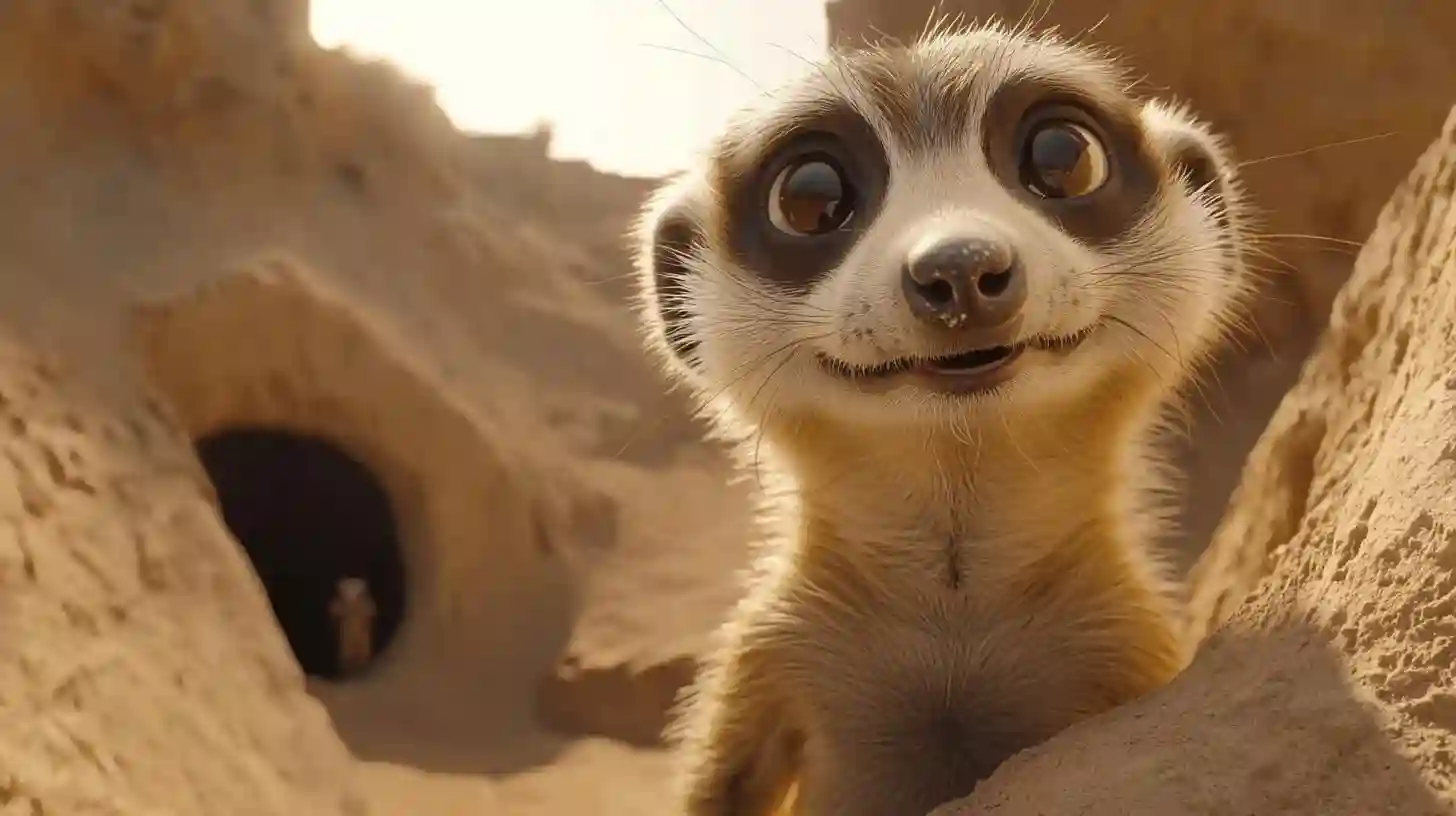
The meerkat, a small mongoose known for its endearing upright posture and social behavior, offers a unique glimpse into the complexities of animal societies. Found predominantly in the arid regions of southern Africa, these creatures are an undeniable example of how social structures can adapt to survival needs. With their tight-knit communities, meerkats exemplify the profound effects of cooperation and collaboration among species.
Meerkats live in groups called mobs or clans, often comprising several family units. Each mob can consist of up to fifty individuals, and within these groups, they exhibit a strong sense of social hierarchy. An intriguing feature of meerkat life is the dominance hierarchy that governs their interactions. Typically, one pair within the mob serves as the breeding couple, and they hold the highest rank, while others in the group often assist in raising their young. This cooperative breeding strategy is not just beneficial for the dominant pair; it enables all members to share the responsibilities of nurturing the next generation. Such a division of labor enhances the survival rates of the young and fosters a strong community bond.
Communication plays an essential role in the lives of meerkats. Their vocalizations vary in pitch and tone, serving various functions, such as alerting the group to danger, signaling the presence of food, or coordinating foraging activities. When a predator is near, higher-pitched calls warn others, prompting immediate action to protect the group. The meerkats exhibit an understanding of their environment that seems almost sophisticated, with the ability to discern threats based on the nature of these calls. Furthermore, they engage in physical interactions that express solidarity, including grooming and playful behavior, further solidifying their social bonds.
Foraging is another integral activity within meerkat clans, highlighting their cooperative nature. While some members search for food, others take on the role of sentinels, standing guard and keeping an eye out for potential threats. This teamwork ensures the safety of the group while increasing the efficiency of food gathering. When foraging, they primarily search for insects, worms, and other small invertebrates, even digging in the sand to uncover hidden snacks. As they forage, communication becomes vital; the meerkats share information about successful food sources, ensuring that all members have access to nourishment.
The behavior of meerkats extends beyond mere survival tactics; it demonstrates an understanding of social interactions that reflect both empathy and altruism. When one member of the group is ill or injured, the others often provide assistance, staying close to keep the afflicted individual safe and comfortable. This care showcases a strong sense of social responsibility that transcends mere instinct; it highlights an emotional intelligence that adds depth to their social structure.
Female meerkats usually give birth to a litter of pups, and the entire group takes an active interest in their upbringing. Older siblings and other non-breeding members will frequently babysit, allowing the mother to forage in peace. This communal child-rearing not only ensures the pups are well cared for but also helps instill social skills within the young. As they grow, these pups learn the intricate social dynamics of their mob, which will be essential for their future roles within the group.
Interestingly, the meerkat's social structure has led to the development of distinct personalities among individuals. Some are more dominant, seeking to assert control, while others are more submissive, finding their niches within the group. These personalities influence how individuals interact with one another and play critical roles in conflict resolution. Generally, conflicts are managed through ritualized displays rather than aggressive behavior, hinting at an evolved understanding of social dynamics that minimizes harm and promotes cohesion.
Overall, the social structure of meerkats is a remarkable blend of cooperation, communication, and community. Their ability to form strong bonds and work together enhances not only their survival but also exemplifies the complex interplay of social relationships in the animal kingdom. Through their fascinating behavior, meerkats stand as a testament to the power of social living in the face of environmental challenges, reminding us of the intricate tapestry of life that exists within the natural world.